Black-shouldered shieldbug (Carpocoris purpureipennis)
Here is a detailed overview of the Black-shouldered Shieldbug (Carpocoris purpureipennis), a striking and widespread European stink bug:
🛡️ Black-shouldered Shieldbug (Carpocoris purpureipennis)
🔹 Taxonomy
- Order: Hemiptera (True bugs)
- Suborder: Heteroptera
- Family: Pentatomidae (Shieldbugs / Stink bugs)
- Genus: Carpocoris
- Species: purpureipennis
- Authority: (De Geer, 1773)
🔹 Identification
- Size: 10–13 mm in length
- Body shape: Typical broad, shield-like, pentagonal form
- Coloration:
- Base color varies: reddish-orange, yellow, brown, or purplish (as the name “purpureipennis” implies)
- Black markings:
- Scutellum tip often black
- Shoulders (pronotum corners) often sharply black, hence the name
- Antennae: Black or dark with pale segments
- Legs: Mostly orange or brownish
🔍 Note: Color is highly variable — environmental conditions and age can affect intensity and tone.
🔹 Distribution
- Widespread across Europe, including:
- Central and Southern Europe
- Parts of Eastern Europe and the Mediterranean Basin
- Extends into parts of North Africa and Western Asia
🔹 Habitat
- Found in a wide variety of open and semi-open habitats:
- Meadows
- Fields
- Gardens
- Roadsides
- Edges of forests
- Especially abundant in areas with flowering plants and legumes
🔹 Seasonal Activity
- Active from April to October
- Peak in late summer when adults are most visible
- Overwinters as adults in leaf litter or under bark
🔹 Behavior and Ecology
🌱 Feeding
- Phytophagous (plant-feeding) species
- Uses piercing-sucking mouthparts to extract plant sap
- Feeds on:
- Legumes (e.g., clovers, vetch)
- Asteraceae (e.g., dandelions, thistles)
- Various crops (beans, peas, tomatoes, cereals)
- May become a minor agricultural pest in some areas, especially on legumes
🐞 Reproduction
- Mating occurs in late spring and early summer
- Eggs are laid in batches on the underside of leaves
- Nymphs pass through 5 instars before reaching adulthood
🔹 Similar Species
| Species | Key Difference |
|---|---|
| Carpocoris mediterraneus | Less contrast in shoulder markings, more southern distribution |
| Carpocoris fuscispinus | Darker overall, longer spines on shoulders |
| Graphosoma italicum | Striped red and black body, easily distinguished |
Precise ID within Carpocoris can require close examination of the pronotum shape and scutellum tip.
🔹 Defense Mechanisms
- Emits a strong-smelling chemical from thoracic glands when disturbed — typical of stink bugs
- The smell deters predators like birds and small mammals
- Camouflage and aposematic coloration (bright warning colors) help in avoiding predation
🔹 Ecological Role
- Acts as both:
- A sap-sucking herbivore in meadow ecosystems
- A food source for predators like birds, spiders, and predatory insects
- May play a minor pest role in agriculture but is part of natural biodiversity
🔹 Conservation
- Not threatened — common and adaptable
- Tolerates a range of habitats, including human-modified environments
- No special conservation status needed
🔹 Fun Facts
- The name purpureipennis means “purple-winged,” referring to the occasional purplish tone of the elytra (wing cases)
- Commonly found basking on sunlit leaves and flower heads
- Plays a minor role in biological studies of plant-insect interaction
📸 Observation Tips
- Best seen in late summer, feeding or mating on flowering plants
- Approach slowly – though not fast movers, they may drop to the ground if disturbed
- Often visible in gardens, especially if legumes or asters are blooming
Visited 4 times, 4 visit(s) today
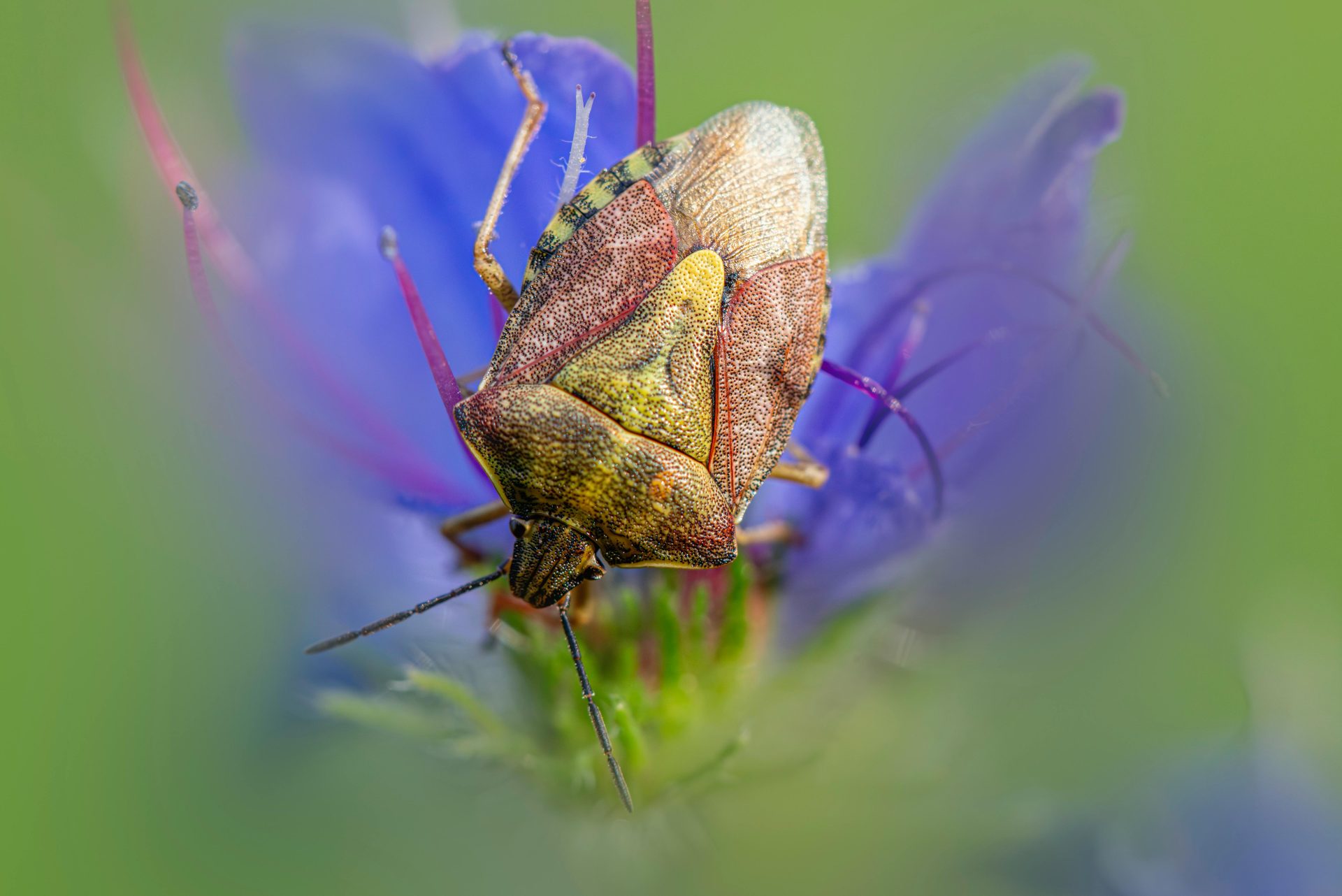
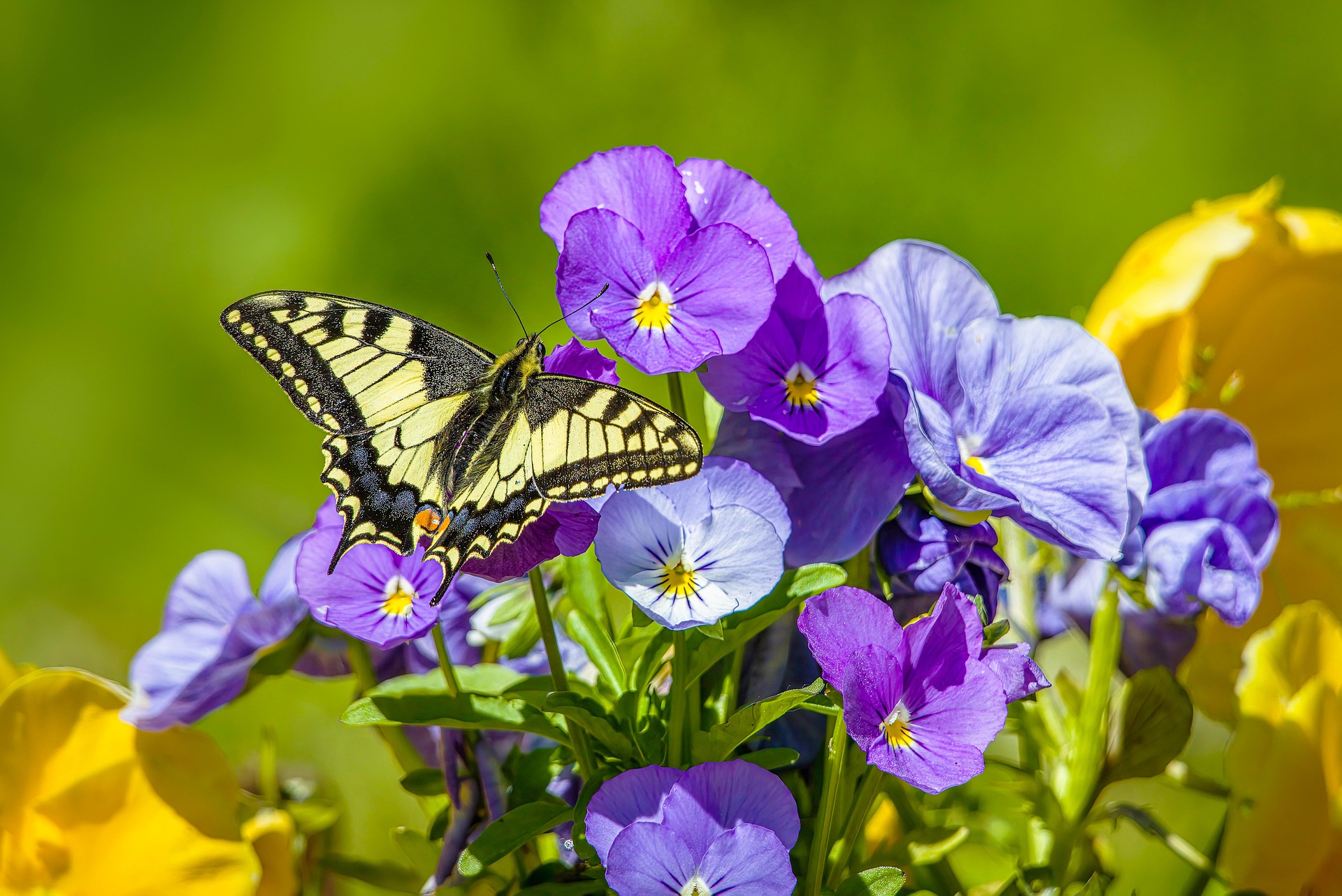
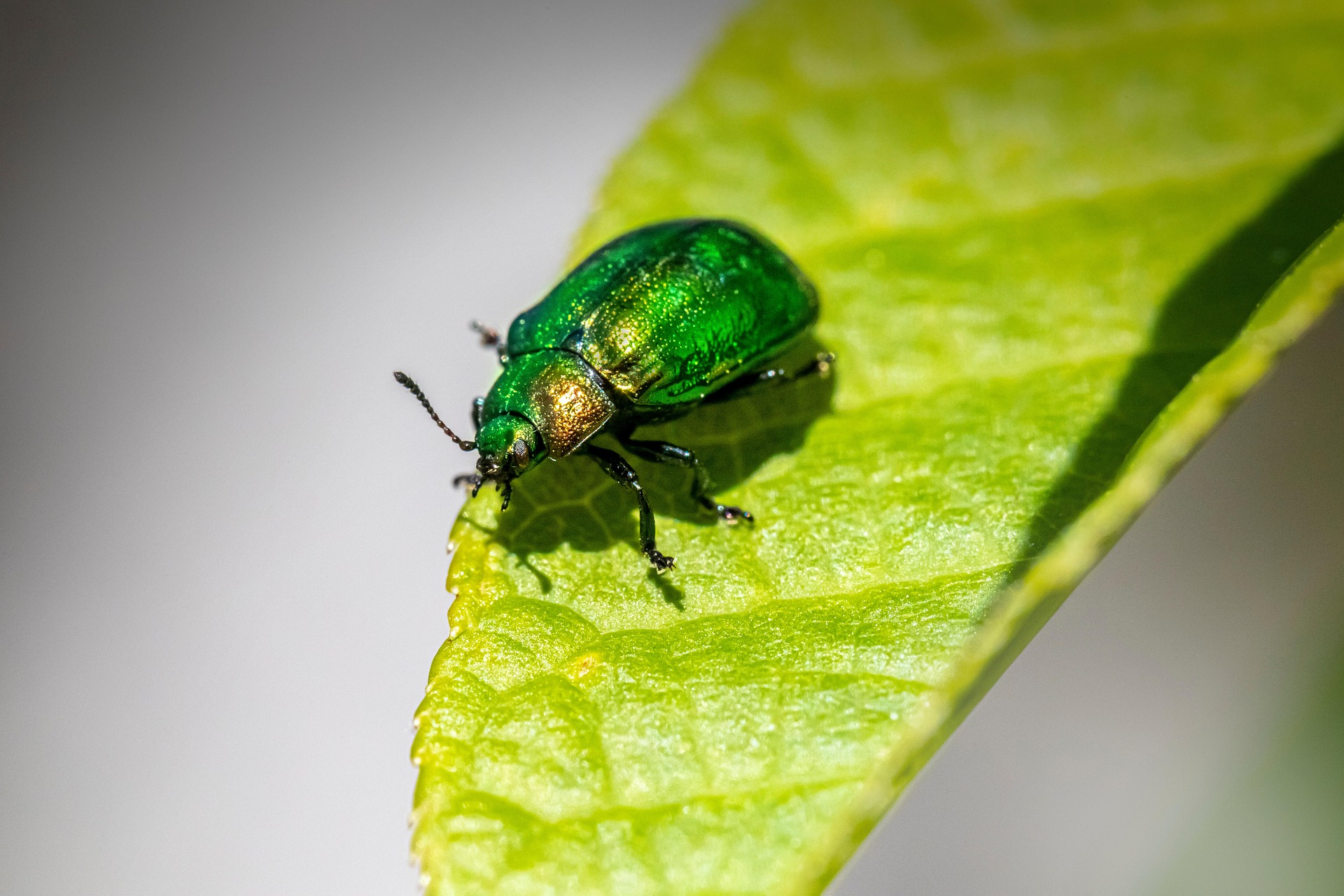
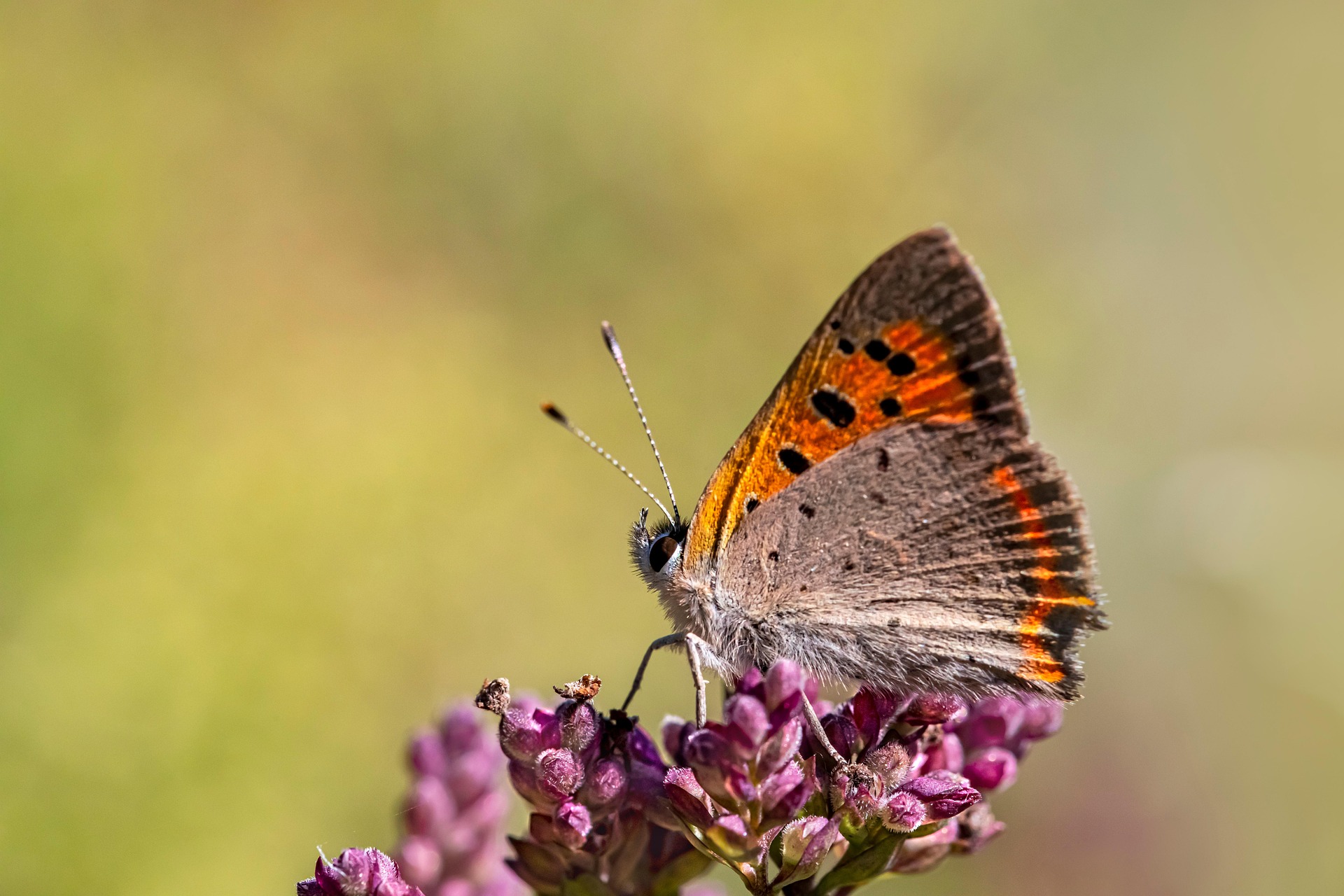

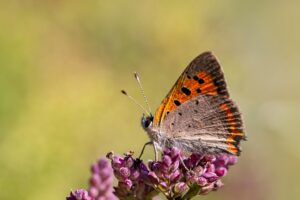
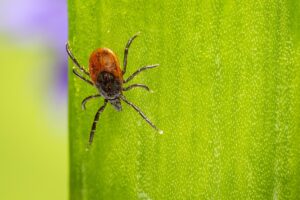
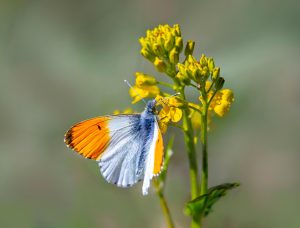


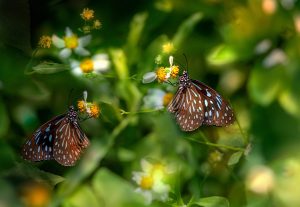
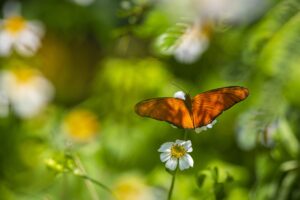
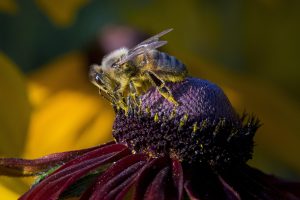
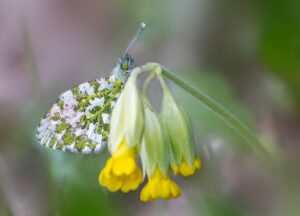
Post Comment